|
For years we have been told that skipping breakfast is unacceptable. Now intermittent fasting is all the rage, so confusingly it seems en-vogue to skip breakfast again. So what's the answer? Truth be told, like everything with nutrition, it depends on the person. I personally believe, backed up by scientific studies, that skipping breakfast for most people leads to poor food choices throughout the day and increased calories through the day. (Read here: http://www.ncbi.nlm.nih.gov/pubmed/15699226 & http://www.ncbi.nlm.nih.gov/pubmed/23672851 & http://www.ncbi.nlm.nih.gov/pubmed/11836452?dopt=Abstract) Another mistake commonly made is when people choose overly sweet, sugary breakfasts over healthy, filling breakfasts. A lot of common breakfasts choices are actually akin to eating a dessert first thing in the morning. Packed full of sugar which is going to drive up insulin and lead to cravings mid-morning. If you are trying to lose or even just maintain weight, this isn't going to help. The first meal you eat in a day is most likely going to set your metabolic intentions for the day. If you start off eating rubbish, most likely you will continue this throughout the morning and afternoon. Breakfast is also the meal you are least likely to want to change. If you are someone who DOES eat breakfast regularly and within the first hour of waking, you will most likely reach for something convenient and habitual. Meaning, humans as creatures of habit find it difficult to think about eating something new, first thing. Last week on my Instagram feed (instagram.com/gingerandpicklesnutrition) I recorded seven days of my breakfasts to help people with variety and to try something new, quick and easy. They weren't all perfect, there were a couple of cheat days, but I had something different everyday and tried to make them as protein rich as possible. Protein rich breakfasts have been shown to to reduce down the hunger hormone ghrelin so keep you fuller for longer which means less snacking between meals. Winner. Here are some of the ideas you could try at home. Eggs are my go to breakfast most days or else a smoothie but I wanted to try something different everyday to show that variety is possible, easy and delicious.
2 Comments
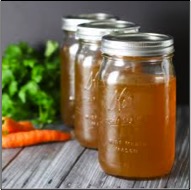 What is bone broth? At this time of year, its a great practice to start making bone broths with leftover bones / carcasses. Bone broth is made by simmering animal bones alongside vegetables, herbs and spices. Delicious, nutrient dense bone broth is very easy and inexpensive to make. Many cultures have used bone broth for centuries as both an inexpensive food source and a traditional medicine. It has long been valued as a tonic for the common cold, joint conditions and digestive disorders. Why is bone broth so good? The bones used to make broth house a variety of powerful nutrients that are released when they are slowly simmered in water. Bone broth is a rich source of minerals, trace minerals, gelatin and amino acids in a form our bodies can easily absorb and use. These nutrients supply the body with the raw materials needed to build strong and healthy cells throughout the body. Bone broth contains calcium, magnesium and phosphorus which support bone and tooth health. The collagen content of bone broth supports the health of joints, hair, skin and nails. Collagen from the bones is broken down during the cooking process into another protein called gelatin. The gelatin in bone broth works to support and repair the lining of the gut. Certain compounds (chondroitin sulfate and glucosamine) extracted into the broth from cartilage tissue help to reduce joint pain and inflammation, whilst stimulating the growth of new collagen. The amino acids found in bone broths support detoxification and collagen production (important in wound healing). They also suppress inflammation, an important consideration for those with chronic inflammation or auto-immune conditions. Health benefits
What bones can be used? Bone broth can be made from the bones of beef, pork, lamb, poultry, wild game and/or fish. When selecting bones to make broth from, it is preferable to use organic, grass-fed animals or wild-caught fish. Bones from conventionally raised animals may contain many harmful substances that can leach into the broth. Ingredients: 2-3kg beef/lamb bones, poultry carcasses Large splash of apple cider vinegar or fresh lemon juice (helps with extraction of minerals from the bones) 2 handfuls of onions, celery, leeks 1 tbsp black peppercorns 2-3 dried bay leaves Recipe: Put all the ingredients in a large stainless steel / ceramic cooking pot and cover with cold water. The water should cover the bones by approx.. 5cm with some room at the top of the pan. Bring to the boil with a lid on, then simmer for the required time, whilst skimming off foam from the top. Strain the liquid (use a fine mesh strainer for poultry) and use immediately or leave to cool. Bone broth can keep for several days in the fridge if left undisturbed. Notes: You can use a slow cooker on high for 12+ hours or a pressure cooker for 3+ hours. If freezing it is best to use glass containers and leave room for expansion. Chicken / turkey should cook for 6-12 hours Beef / lamb can cook for 24 hours until bones look bleached. If using fish 8 hours is the best cooking time. The longer the bones simmer, the more nutrients released. Sources used: Hemsley, J; Hemsley M. The Art of Eating Well (2010); http://articles.mercola.com/sites/articles/archive/2013/12/16/bone-broth-benefits.aspx; http://www.westonaprice.org/health-topics/broth-is-beautiful/ 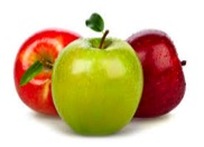 We have all heard of fibre – and we know its good for us. But what does it actually do and where can we get it from?! There are two types of fibre, both essential for helping digestion and preventing disease. The ideal amount of fibre for an adult is at least 35g a day. By eating a high fibre diet you are reducing the risk of diabetes, diverticulosis and bowel cancer. It is best to get daily fibre from a varied diet such as lentils, beans, oats, fruit and lightly cooked or raw vegetables (cooking destroys the fibre in vegetables). Beans and peas contain significant amounts of both soluble and insoluble fibre. SOLUBLE FIBRE SOURCES Soluble fibre is a type of fibre which becomes sticky when added to water. It can help regular bowel movements and reduce the chance of diarrhoea and constipation, improved cholesterol metabolism and blood pressure reduction, prevents quick spikes in your blood sugar, and has been shown to help keep diabetes (1 & 2) under control. Berries: blueberries, blackberries, strawberries Grains: oatmeal, millet, farro, spelt Hard fruit: apples, pears Legumes: beans, lentils, peas Nuts: almonds, cashews, walnuts Seeds: ground flaxseed, chia seeds, pumpkin seeds INSOLUBLE FIBRE SOURCES Insoluble fibre cannot be dissolved in water and helps regular bowel movements and prevent constipation (by increasing stool bulk) and helps promote weight loss. Grains: whole-grain bread, quinoa, brown rice, couscous Vegetables: carrots, celery, zucchini, broccoli, cauliflower, beets, Brussels sprouts, dark Swiss chard, kale, artichokes, sweet potatoes, peas, beans. |
AuthorLouise Cullen Archives
October 2020
Categories
All
|
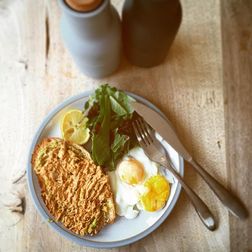
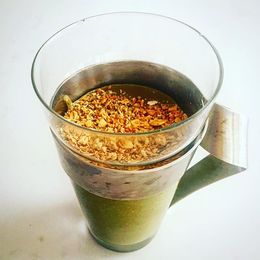
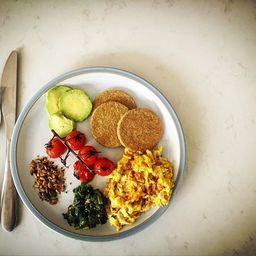
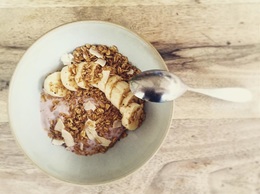

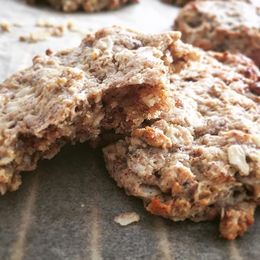

 RSS Feed
RSS Feed
